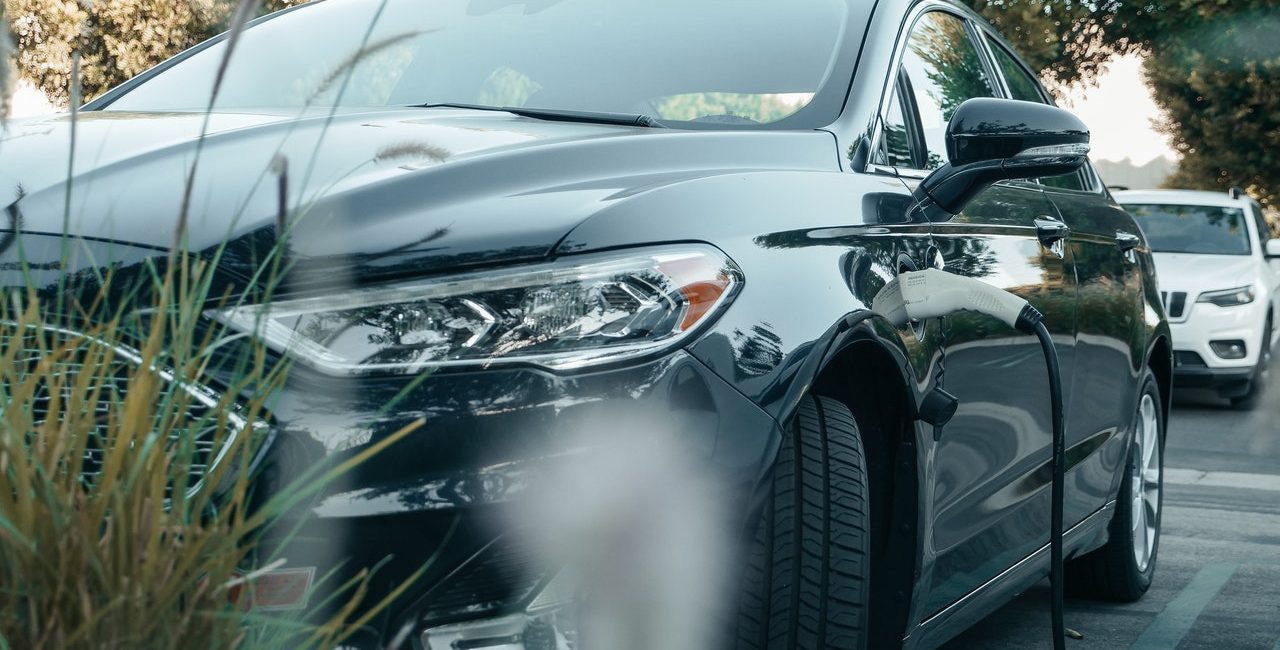By 2022 England expects to make EV chargers mandatory on all new households, as part of their process to remove traditional petrol and diesel-fueled vehicles from the streets. While 2030 is still a long time away and electric vehicles won’t be the norm for a few more years, there’s no denying that’s where the future of the UK is aiming towards.
And as the popularity of electric vehicles increases, it becomes more important than ever for consumers to compare the different charger models in the market and find out which ones benefit them. That’s why today we’d like to cover the Zappi Charger and explain some of its features.
The basics of Zappi Charger
Released by myenergi in 2017 the Zappi Charger is an EV charger designed for household use and sold in the UK, Germany, Ireland and Benelux. The company advertises the Zappi Charger as the first EV charging device to operate with solar energy, and this is one of the most important considerations for the brand.
The Zappi Charger is designed to allow users to charge their vehicles from electricity derived from any solar photovoltaics installed in their residence. However, the system isn’t limited to relying solely on solar energy. The Zappi Charger can also operate with wind-generated energy or connect directly to the traditional electric grid if the user has no alternative means of generating energy.
The charger is also designed to be controlled through an accompanying smartphone app which provides an additional level of control even remotely. Users can set timers, monitor consumption and even change from three charging modes as needed:
- Eco: In Eco mode, the Zappi Charger gives priority to any electricity provided by green energy. Eco mode allows the Zappi to fully charge an electric vehicle without drawing energy from the grid. However, if the surplus generation drops below 1.4kw the charger will start consuming energy from the grid to complete the charge.
- Eco +: Eco+ is a mode that takes into consideration the power consumption in your entire home. The charging power provided to the vehicle is constantly being adjusted based on overall consumption and if there is no surplus of free power the charge will stop altogether.
- Fast: In Fast mode, the Zappi Charger will constantly charge the vehicle at the maximum power settings available. This mode can consume energy from both the grid and alternate sources of generation, but won’t stop or regulate itself like the previous two alternatives. If a Zappi Charger is installed in a house with no green energy generation it will default to this model
Cost
The cost of the Zappi Charger will vary based on the specific model. Currently, there are 4 models listed by the manufacturer, each one with a different retail price. Here are the official prices for the different models of the Zappi Charger:
- 22kW 3ph Type 2 Tethered: £845.00
- 22kW 3ph Untethered: £795.00
- 7kW Type 2 Tethered: £725.00
- 7kW Untethered: £695.00
All of these models are also available in black and white, however, colour doesn’t play a role in the overall cost of the system. Additionally, potential customers should keep in mind that the cost of a Zappi Charger does not include installation if you happen to require assistance on that front.





